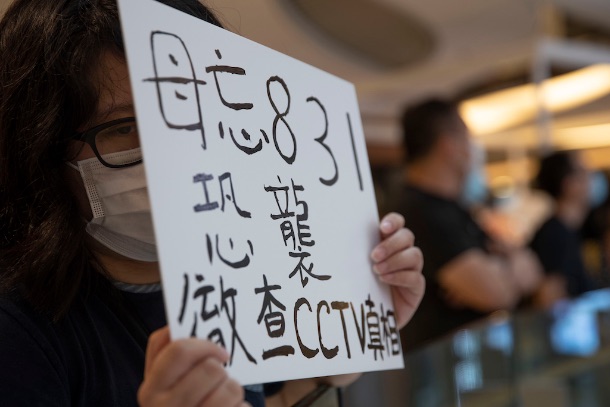[Guest post by San Duanmu. Please note that San's remarks were written before Sara de Rose's post ("part 2") on the same subject earlier this evening.]
In response to Victor’s request, I am offering some comments on qing 清 (clear) and zhuo 濁 (muddy), two commonly used terms in traditional Chinese phonology. I shall follow the outlines suggested by Victor as well.
- When and how did the terms arise?
According to Tang (2016: 32), the terms were used linguistically in a ten-volume book 《聲類》 (Sound Categories) by 李登 (LI Deng) during 三國時期 (Three Kingdoms period, 220-280). The book was later lost, but references to it can be found in other books that survived.
According to YU Min 俞敏, in Li Ji《禮記》 (the Book of Rites), compiled by followers of Confucius (孔子 551-479 BC), the terms were also used to discuss music, as in “长者浊也……短者清也” (long ones give a muddy sound… short ones give a clear sound). If long and short refer to the shape of an instrument, then ‘muddy’ ought to mean a lower tone and ‘clear’ a higher tone. The exact relation between the terms used in music and those in sound classification is open to interpretation.
- How do the terms function within traditional Chinese phonology?
In traditional Chinese phonology, qing 清 (clear) and zhuo 濁 (muddy) are used to classify consonants. In addition, each is further divided into two sub-categories. Therefore, there are four categories of consonants, shown in the table below, with samples in IPA (International Phonetic Alphabet).
Read the rest of this entry »
